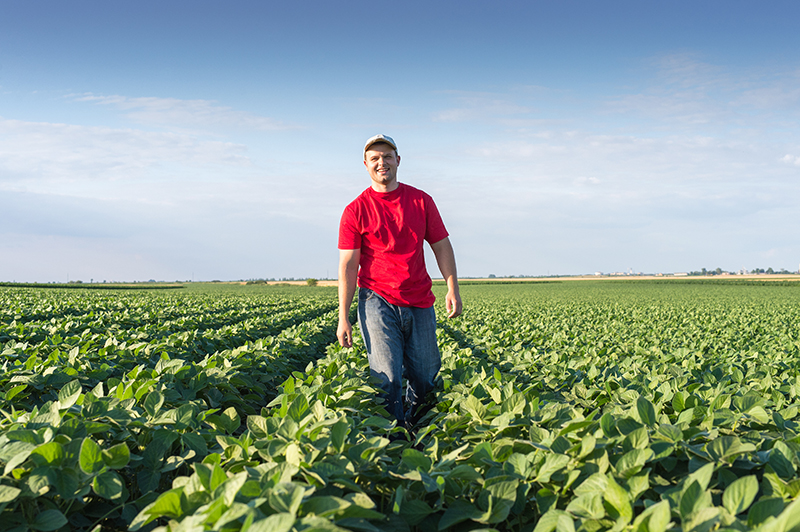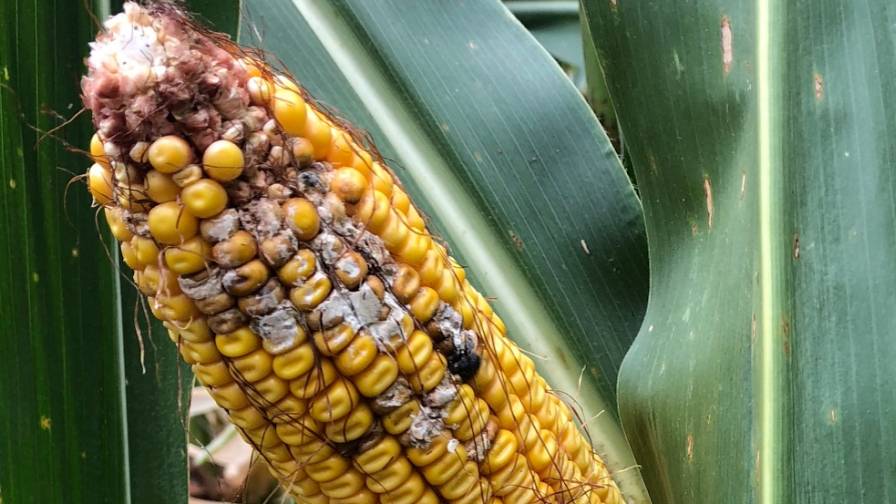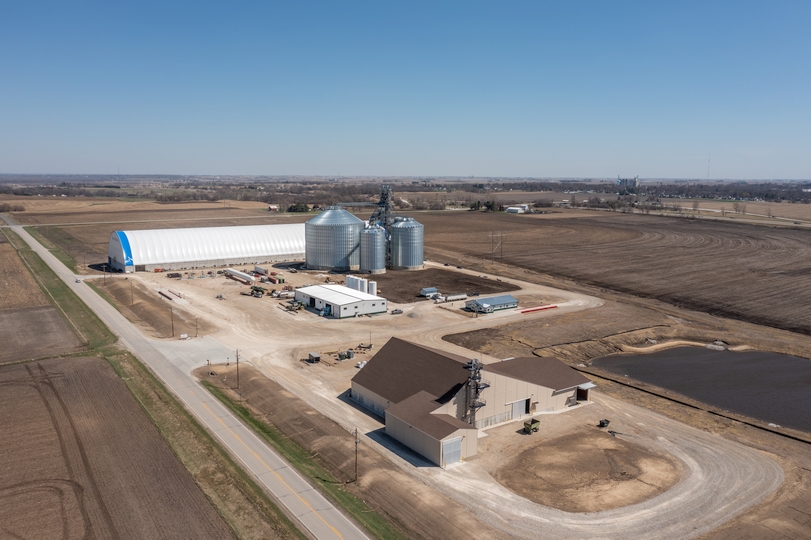Strobilurin-resistant Frogeye Leaf Spot Threat Looms with Delayed Soybean Planting
Heavy spring rainfall throughout the South and Midwest delayed planting and created the perfect environment for diseases like frogeye leaf spot to thrive. As growers plan their fungicide inputs for 2017, Syngenta urges them to consider the increasing incidence of strobilurin-resistant frogeye leaf spot and take necessary steps to protect their yields by slowing its spread.
Strobilurin-resistant frogeye leaf spot has grown into a consistent yield reducer in soybeans. According to the U.S. Department of Agriculture, strobilurin-resistant frogeye leaf spot has now been confirmed in 11 states across the South, Midwest and Mid-Atlantic and could cause greater damage during crucial early development growth stages in later-planted soybeans.
Ohio State University Extension research shows later-planted soybeans have a higher chance of being infected by frogeye leaf spot earlier in the season and could experience yield losses of 5 bushels per acre (bu/A) if infected before R3. Additionally, the extension service recommends using fungicides that have efficacy against strobilurin-resistant frogeye leaf spot wherever these strains have been present.
“Unlike other soybean diseases, susceptible and strobilurin-resistant frogeye leaf spot can be well-controlled by fungicides with multiple modes of action,” said Eric Tedford, Syngenta technical fungicide lead. He further explained, “Fields with a history of frogeye leaf spot should be monitored carefully and treated with Quadris Top SBX fungicide at the onset of the disease to help knock it out early and maximize yield potential.”
Quadris Top SBX boosts soybean yields 6 to 8 bu/A over untreated soybeans and 4 to 8 bu/A compared to competitive fungicides. In addition to increased disease control, one of its active ingredients, azoxystrobin, helps shield plants from stressors such as high temperatures and periods of too much or too little water. It also increases periods of photosynthesis for greater plant growth, pod development and higher yield potential.






